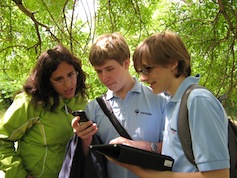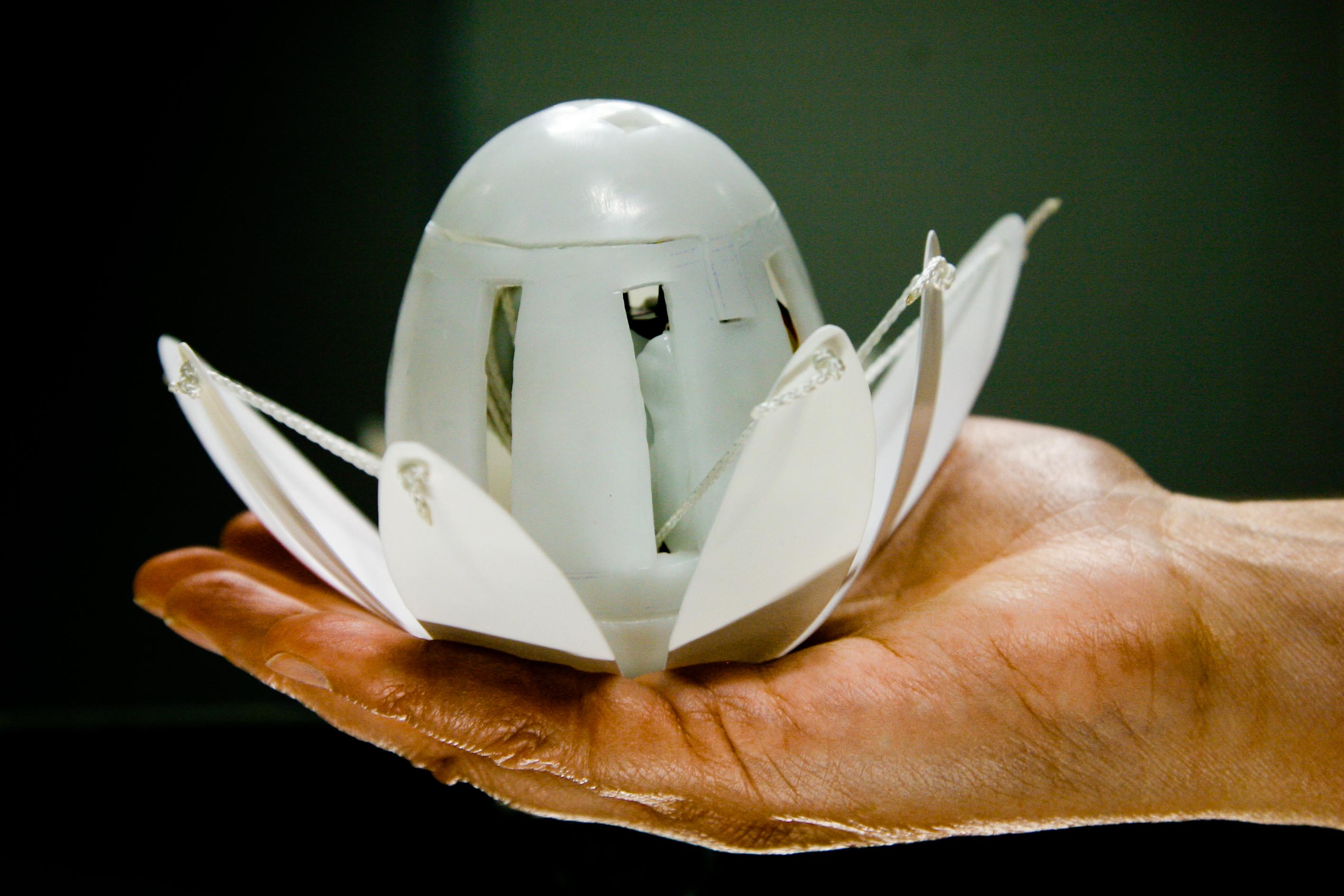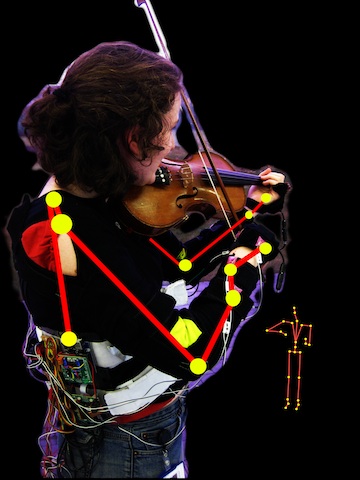Projects
Hands-on Computers Everywhere workshops
 |
Working with 14-15 years olds and UCL Outreach Centre, we are organizing a series of workshops for young people to get hands-on experience with ubiquitous computing. Workshops are about turning everyday physical objects into digital objects that we use by clapping our hands, moving about and talking to them. The workshops use the TU100 SenseBoard and Sense, a Scratch based programming language.
I am working on this project with Arosha Bandara and Elpida Makriyanni.
The Discovery Project
 |
The Discovery project will enable community groups to enjoy and learn more about the monuments, wildlife and local history in the Mill Road cemetery in Cambridge. We will design a novel collaborative experience that will allow school children, wildlife and local history groups to discover and make connections, between what they observe in the physical space, what they can find out in online libraries, websites and books and their personal memories and experiences.
I am working on this project with Yvonne Rogers, Anne Adams, Tim Coughlan, Trevor Collins, Pablo Haya and Estafania Martin.
The Question

The Question is an immersive theatre project that explores how rich cultural experiences for blind and sighted audiences can be created using novel haptic technologies. Blind and sighted audience members will be guided by a haptic device, which uses robotics technology and infrared sensors to change its form in response to their journey through the installation. The Question focuses on the senses of touch and hearing, and locates the drama of the narrative in the body of each participant.
I am working with Yvonne Rogers, Maria Oshodi from Extant (the UK's only professional performing arts company of visually impaired artists), and Adams Spiers from Bristol Robotics Lab. This project is funded by the Technology Strategy Board, Creative Industries Fast Track.
MusicJacket
 |
We are developing a system for novice violin players that helps them to learn how to hold their instrument correctly and good bowing action. We work closely with violin teachers and our system is designed to support conventional teaching methods.
We use an Animazoo IGS-190 inertial motion capture system to track the position of the violin and the trajectory of the bow. Vibeoractile feedback, i.e. feedback provided by vibration motors similar to those found in mobile phones, is then used which enables the person to 'feel' whether they are bowing correctly or whether they are deviating from the target trajectory. This feedback is given in real-time, so the player can immediately adjust their playing. We are conducting a range of user studies to investigate whether this system motivates students to practice and improves their technique.
I am working on this project with Rose Johnson, Erwin Schoonderwaldt, Jon Bird and Yvonne Rogers. This project was partly funded through the e-sense project.
